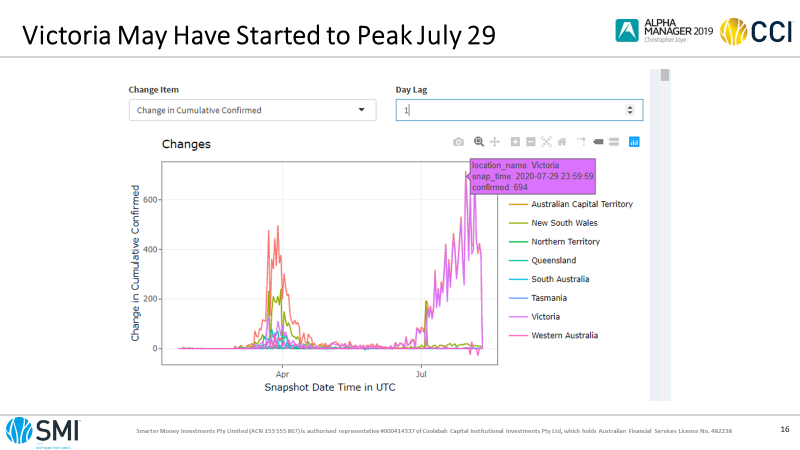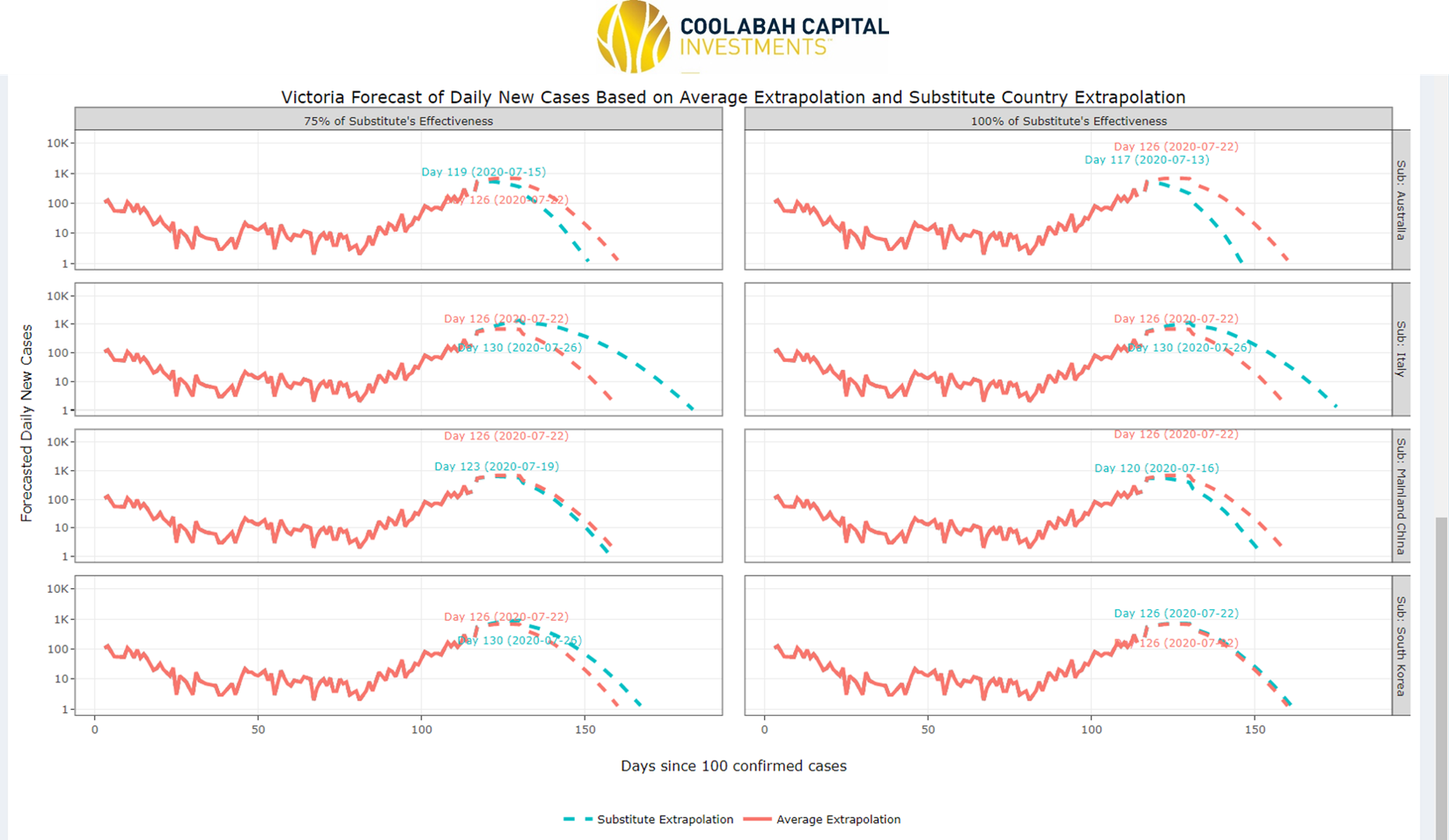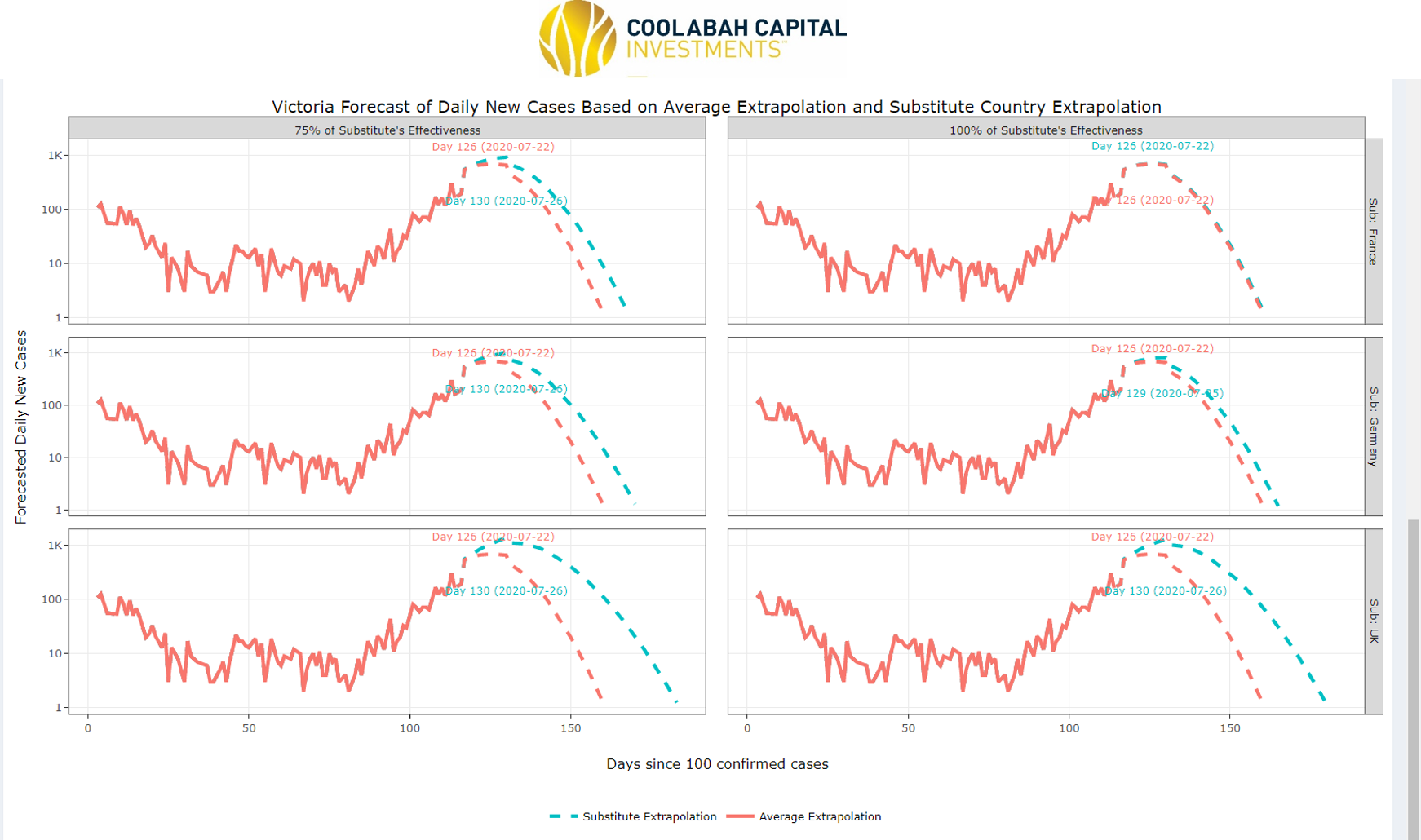Goldman: Vaccine approved by end 2020
Goldman Sachs' economists write this morning:
We now expect that at least one vaccine will be approved by the end of 2020 and will be widely distributed by the end of 2021Q2. We have incorporated this timeline as our baseline forecast, and now assume consumer services spending accelerates in the first half of 2021 as consumers resume activities that would previously have exposed them to Covid-19 risk. As a result, our growth forecast is more front-loaded and modestly upgraded.
That is in line with the view that we have expressed since the crisis began based on our own immunological advice: namely, that vaccines will arrive much earlier than the market/experts originally expected because of: (1) unprecedented global medical research commitments; (2) unprecedented regulatory approval speed; and (2) unprecedented global funding support. Recall in February/March, most experts were saying that vaccines would take at least 18 months to develop in a best-case scenario.
But we frankly need some luck for this to play-out. In particular, the phase three trials need to progress smoothly with demonstrable efficacy and manageable side-effects. Mass production has already commenced for the likes of Moderna's vaccine with the leading candidates all asserting they will be able to produce up to 1-2 billion doses per annum.
On the subject of good luck, the infection data out of Victoria has been trending better for several days. Our fingers are crossed that this continues. As the screen-shot from our systems below shows, there is some evidence that Victoria may have peaked between 29 July and 4 August. Of course, this might be trumped by new data this week. We're all hoping for our Victorian families that the peak is indeed behind us.

In our Victorian COVID-19 forecasts published on 12 July we concluded that the peak should be somewhere between 13 July in an absolute best-case and around 26 July if Victoria's infection containment efficacy was poorer and more comparable to Italy and the UK, or say only 75 per cent as good as South Korea, France or Germany. In fact, we published 14 different possible infection trajectories (images below), a total of 8 of which pointed to 26 July. (There was a little confusion here because the title of the post incorrectly stated 13 to 20 July, which was subsequently corrected.) At the time, I wrote:
The forecast results are summarised in the two images below, which are screen-shots from Coolabah's COVID-19 tracking and forecasting system (click on the images to see a better version). If we condition on the prior Australian lockdown experience, Victorian infections should peak by 15 July. If, on the other hand, we use South Korea (or Italy) as the benchmark, the peak should be by 22 July (or 26 July). Throwing in France, Germany, and/or the UK into the mix similarly implies a peak around 22 to 26 July. You can see the conditioning country on the far right-hand-side of the box in the image.


Get investment insights from industry leaders
Liked this wire? Hit the follow button below to get notified every time I post a wire. Not a Livewire Member? Sign up for free today to get inside access to investment ideas and strategies from Australia’s leading investors.
2 topics

